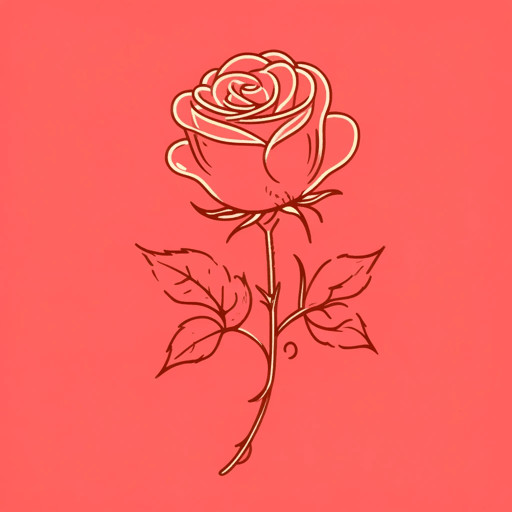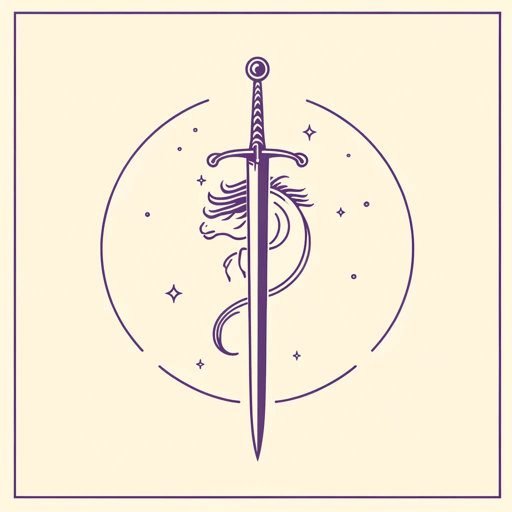48 pages • 1 hour read
Robin McKinleyBeauty: A Retelling of Beauty and the Beast
Fiction | Novel | Middle Grade | Published in 1978A modern alternative to SparkNotes and CliffsNotes, SuperSummary offers high-quality Study Guides with detailed chapter summaries and analysis of major themes, characters, and more.
Background
Literary Context: Fairy Tale Retellings and Beauty and the Beast
As a literary genre, fairy tale retellings adapt earlier, well-known stories in order to modernize or further dramatize them. Fairy tales, like all forms of literature, are social constructs. They expose, and sometimes critique, aspects of society and culture. As such, fairy tales that are retold over significant periods of time can reveal society’s changing norms and values. Literature and fairy tales can also shape those changes. Many women authors of the 20th century popularized fairy tale retellings as a way to advance feminism, the movement for women’s rights. By empowering female characters, authors can subvert gender norms that reinforce inequality. Feminist fairy tale retellings have explored issues like gender norms, female subjugation, imposed passiveness and voicelessness, patriarchy, forced marriage, and the commodification of women (Bensaada, Chiraz. “The Art of Retelling Fairy Tales: A Study of ‘Beauty and the Beast’ Fairy Tale, Robin McKinley’s Beauty: A Retelling of the Story of Beauty and the Beast (1978) and the 2017 Disney Adaptation.” Academia, Sept. 2020).
Beauty, Robin McKinley’s 1978 retelling of Beauty and the Beast, fits into the category of 20th-century feminist fairy tale retellings. The original version of the tale was written by Gabrielle-Suzanne Barbot de Villeneuve and published in her collection of fairy tales, La jeune américaine, et les contes marins (The Young American and Marine Tales) in 1740.
Related Titles
By Robin McKinley




